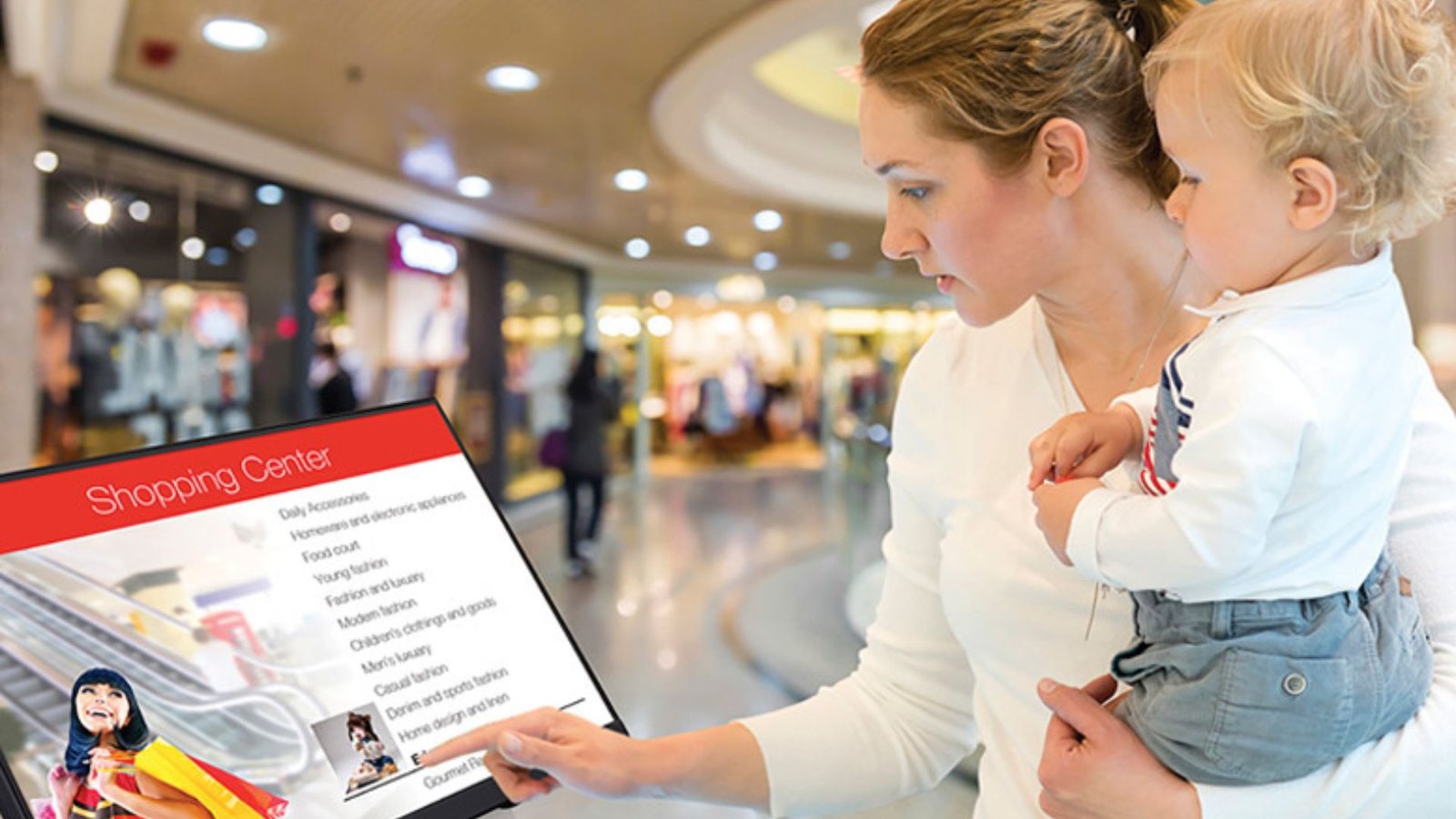How Technology is Transforming the Retail Experience
Technology has significantly transformed the retail experience in numerous ways, enhancing both the efficiency of operations and the overall customer experience. Here are several key ways technology is driving this transformation:

E-commerce and Online Shopping
Perhaps the most obvious transformation, technology has enabled the rise of e-commerce platforms, allowing consumers to browse and purchase products online from anywhere at any time. This has expanded market reach and convenience for both retailers and customers.
Personalization
Advanced data analytics and AI algorithms enable retailers to personalize the shopping experience based on customer preferences, purchase history, and browsing behavior. This can include personalized recommendations, targeted marketing campaigns, and customized promotions.
Augmented Reality (AR) and Virtual Reality (VR)
AR and VR technologies are being used to enhance the online shopping experience by allowing customers to virtually try on clothes, visualize furniture in their homes, or see how products work in real-time scenarios before making a purchase decision.
Mobile Shopping and Payments
Mobile technology has made shopping more convenient through mobile apps that allow customers to shop on the go. Mobile payment solutions such as digital wallets and contactless payments have also streamlined the checkout process.
Inventory Management and Supply Chain Optimization
Technologies like RFID (Radio Frequency Identification), IoT (Internet of Things), and AI-driven analytics are helping retailers optimize inventory management, reduce stockouts, minimize overstocking, and improve overall supply chain efficiency.
Omnichannel Retailing
Retailers are integrating their online and physical store operations to provide a seamless shopping experience across multiple channels. Customers can research products online, make purchases in-store or online, and choose between home delivery or in-store pickup.
Customer Service and Chatbots
AI-powered chatbots are being used to provide instant customer support, answer inquiries, and handle transactions. This helps in reducing wait times and providing 24/7 customer service.
Smart Retail Stores
Physical stores are increasingly incorporating technology such as interactive kiosks, digital signage, and beacon technology to enhance the in-store experience. These technologies can provide product information, offer personalized recommendations, and guide customers through the store.
Data Analytics and Predictive Insights
Big data analytics enable retailers to gain valuable insights into customer behavior, trends, and preferences. Predictive analytics help in forecasting demand, optimizing pricing strategies, and planning marketing campaigns effectively.
Sustainability and Transparency
Technology is also helping retailers address sustainability concerns by tracking and reducing environmental impact across the supply chain. Customers are increasingly demanding transparency regarding product sourcing, manufacturing processes, and ethical practices.
Overall, technology continues to reshape the retail landscape, empowering retailers to offer more personalized, efficient, and seamless shopping experiences while meeting the evolving expectations of modern consumers.



